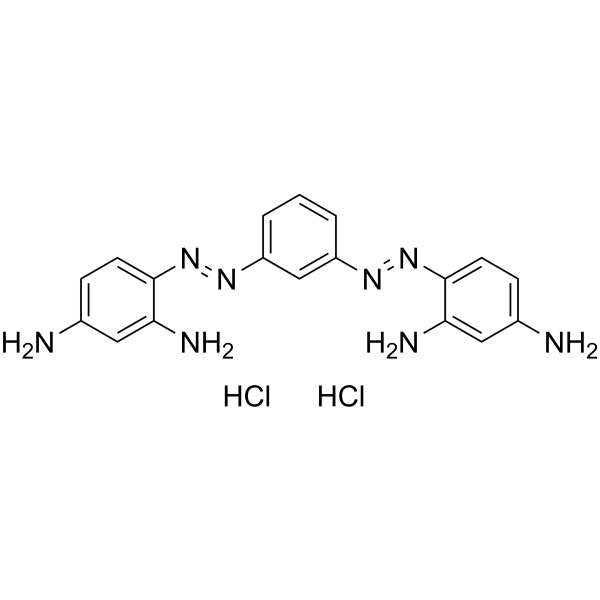Use of a triple-stain technique to detect viability and acrosome reaction in deer spermatozoa.
J J Garde, N Ortiz, A García, L Gallego
文献索引:Arch. Androl. 39(1) , 1-9, (1997)
全文:HTML全文
摘要
A procedure is described for simultaneously evaluating of sperm viability and acrosomal status in fixed deer spermatozoa. This technique, which is a modification of the triple-stain technique (TST) developed for human sperm, utilizes trypan blue to identify the percentage of live sperm in culture and subsequent staining of fixed sperm to differentiate the acrosome. Four classes of deer sperm can be distinguished with the TST: (1) live unreacted sperm, (2) live acrosome-reacted sperm (true acrosome reaction), (3) dead unreacted sperm, and (4) dead acrosome-reacted sperm (false acrosome reaction). The study shows that the acrosome status can be detected either by TST stain or by phase-contrast microscopy (r = .971, p < .001) and that TST does not differ from 0.4% trypan blue in its ability to identify live and dead sperm (r = .995, p < .001). This staining procedure enables differentiation of spermatozoa that have undergone a true acrosome reaction (TAR) from those that have undergone a false acrosome reaction (FAR). In this way, incubation of deer spermatozoa for 30 min at 37 degrees C in the presence of calcium ionophore A23187 increased the proportion of spermatozoa undergoing a TAR. Sperm incubated in the absence of A23187 undergo the TAR at a much lower rate (p < .001) than those incubated in the presence of ionophore. This stain procedure was also used to study the time course of the true acrosome reaction of deer sperm in vitro. Incubation of deer spermatozoa for up 24 h at 37 degrees C resulted in a decrease in the percentage of live acrosome-intact spermatozoa and a simultaneous increase in the percentage of spermatozoa categorized as having undergone a TAR and FAR.
相关化合物
| 结构式 | 名称/CAS号 | 分子式 | 全部文献 |
|---|---|---|---|
 |
俾士麦棕y
CAS:10114-58-6 |
C18H20Cl2N8 |
|
Analysis and testing of biological stains--the Biological St...
2002-01-01 [Biotech. Histochem. 77(5&6) , 237-275, (2002)] |
|
Papanicolaou staining--a review.
1983-05-01 [Microsc. Acta 87(3) , 233-43, (1983)] |
|
Plant cuticle staining with bismarck brown Y and azure B or ...
1996-03-01 [Biotech. Histochem. 71(2) , 92-5, (1996)] |
|
[Case of poisoning by the dye Bismark Brown].
1986-01-01 [Sud. Med. Ekspert. 29(3) , 59, (1986)] |
|
Prediction of optimum sorption isotherm: comparison of linea...
2005-11-11 [J. Hazard. Mater. 126(1-3) , 198-201, (2005)] |